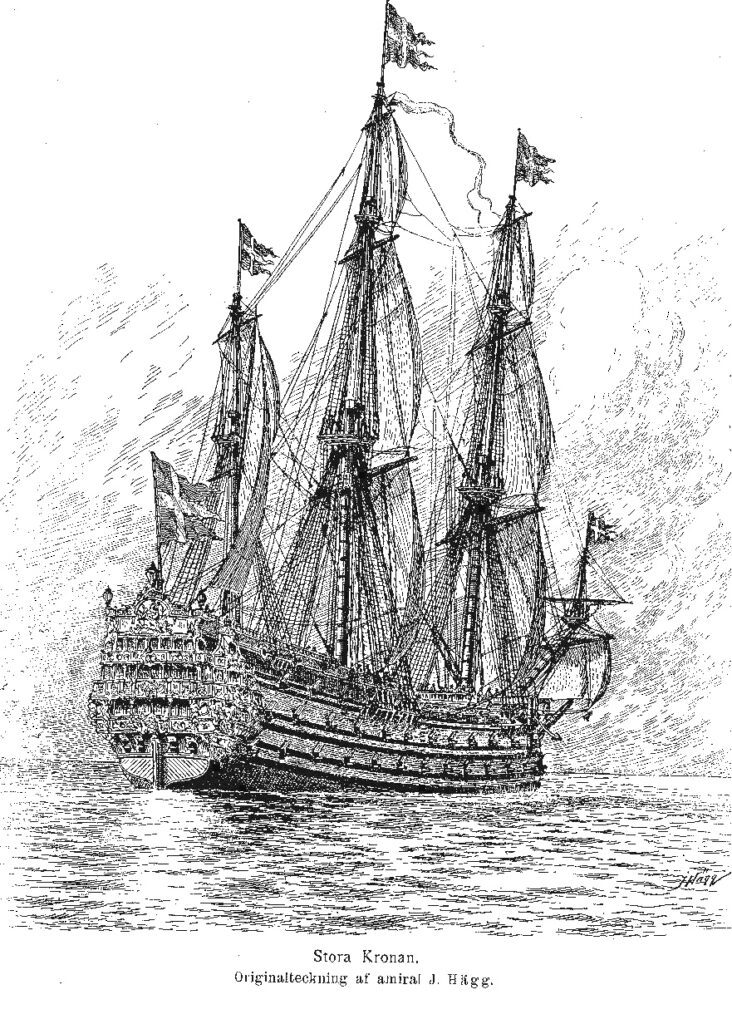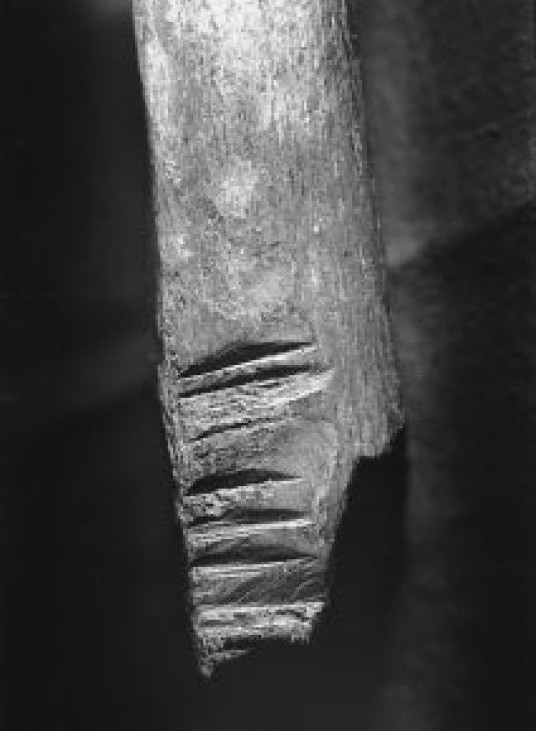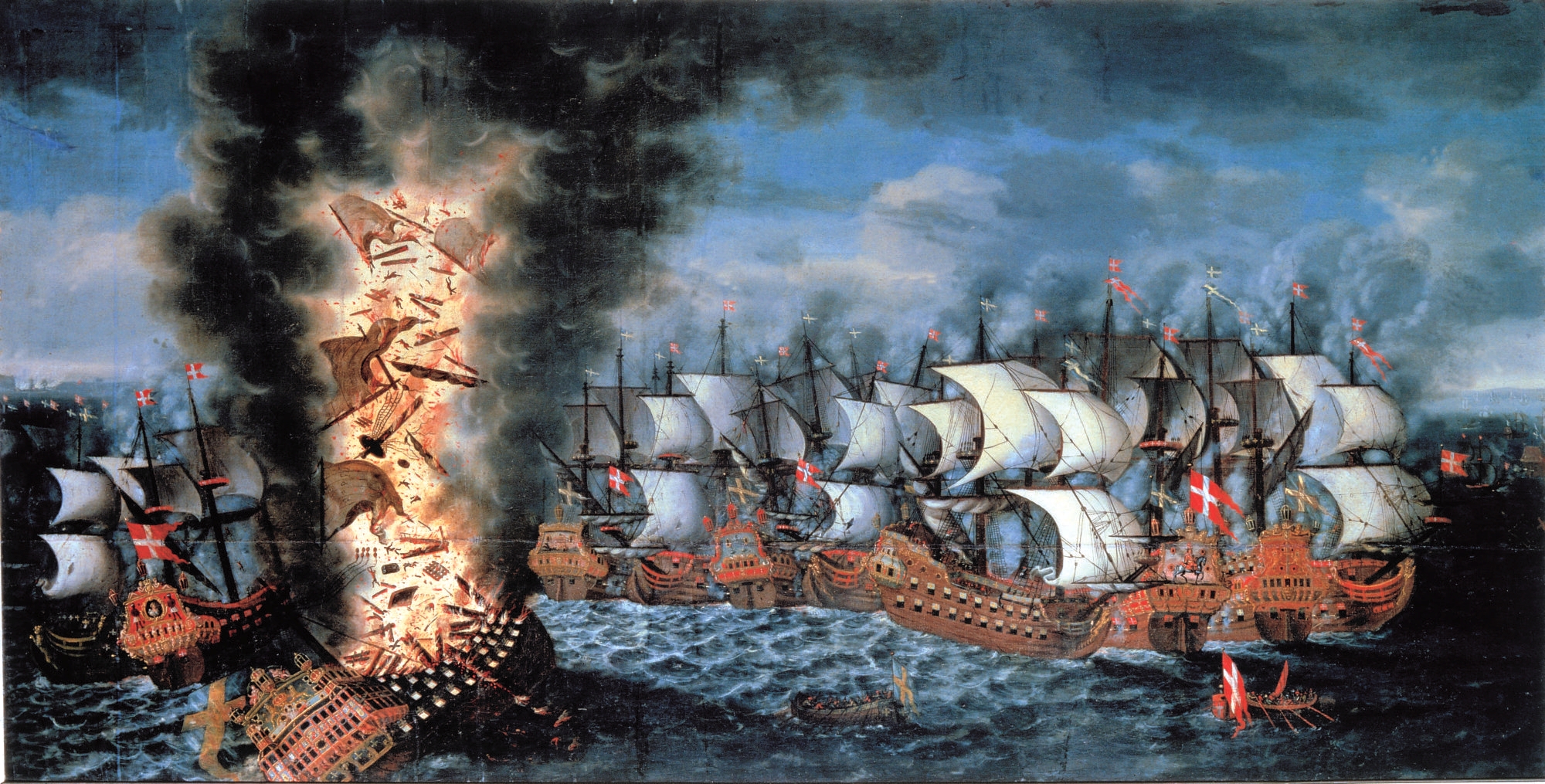It is always supremely satisfying, as archaeologists, when our physical discoveries line up with historical records or texts. It supports the veracity of the written account, and we can thus be more confident in what had happened than we can in many other cases. But what happens when the historical record doesn’t actually match the archaeological evidence? It means that something is missing. Something is wrong. Somebody was misinformed—or lied.
One particularly enigmatic case is the sinking of the warship Stora Kronan: a Swedish man-o’-war that sunk just before the Battle of Öland in 1676, part of the Scanian War. But Kronan was not just any warship—she was the flagship of the mighty Swedish Navy.
On June 1st, the Swedish fleet was about to enter a battle against the combined Danish-Dutch fleet in the southern Baltic Sea. As Kronan was making her way to where the battle would be, she turned too sharply with the sails up. She started to capsize, and as the ship was going down, the gunpowder magazine exploded, ripping the ship’s bow clear off. What was left of Kronan sank incredibly quickly, taking 800 men down with her to their watery graves. The royal warship, one of the biggest and best armed ships in Sweden’s fleet, was gone in a moment.
This is what the historical records tell us. But when the ship was excavated in the 1980s, archaeologists found something shocking. Eight hundred men did indeed go down with the ship—but it was before the battle even begun. Based on the historical records, we would expect the men to have either died from drowning, which leaves no skeletal evidence; or from the impact of the explosion, which would result in compression and blunt force trauma. Instead, osteologists found the bones wracked with cut marks.
How was this possible? What happened?
The historical record, as it was
The man-o’-war began her fateful journey on May 19th. On May 25th, she was involved in a skirmish from a long distance. At midday on June 1st, 1676, the royal warship attempted a turn but failed, listing to port and capsizing. There was an explosion which destroyed the bow of the ship. The combined total of 228 tons of armaments onboard meant that the ship sank incredibly quickly.
But, crucially: the ship had not yet engaged the enemy.
Kronan was captained by commander Lorentz Creutz, a Swedish friherre (baron) and governor, whose coat of arms was identified in the excavation. He was also, at that time, acting supreme commander of the Swedish Navy, and died in the catastrophe.
The ship had a total of 850 men on board: 500 seamen, 300 soldiers, and 50 infantry men bound for the Swedish provinces on the European continent. Forty-two men are known to have survived the disaster, while 180 bodies washed up on shore later. This means that approximately 600 men followed the ship to the bottom of the sea.
The ship had not been involved in any combat. No records mention any injured men on board.

The osteological evidence
A study of the osteological material began in 1994. About 400 kg of bones have been collected, representing 150–200 individuals, most of these commingled. The vast majority were recovered from the lower deck.
During the analysis, osteologists noticed an impressive number of cut marks, blows, and fresh compression lesions which were markedly different from other healed fractures. The cut and blow marks showed no signs of healing. The cut marks match the patterns for bladed weapons, or sharp instruments, and were found on both cranial and postcranial elements such as vertebrae, clavicles, scapulae, and, above all, the limbs. From a grand total of 170 femora and 155 humeri, 33 femora (20%) and 15 humeri (10%) had cut marks.
Several experts have been consulted, and concluded it is impossible for an explosion to be the cause of such traumas as these. Tellingly, one of the humeri features repeated cut marks in the same location, indicating this person must have been in a fixed position as an attacker kept throwing strike after strike in the same spot. These cuts are clear markers of interpersonal violence immediately preceding death.
All this before Kronan had even sighted her enemy.
What happened on that ship?
Here follows a quick review of what we know. We know the ship took a turn it could not handle. Several scholars have argued back and forth about who was at fault here, but what we can boil it down to is that somebody high in the command structure messed up severely. History has certainly seen its fair share of such scenarios, and there is no reason to assume anything more sinister than incompetence here. It is probably worth mentioning that Commander Creutz was, despite his high rank, inexperienced as a sailor, and such an accident under his command was not inconceivable.

Next up: the explosion. Somehow, the gunpowder ignited and blew off the bow of the ship. Now, this was a pretty bad mistake that most certainly instantly killed whoever was nearby. Therefore, if that was a specific individual’s mistake, they probably had no opportunity to regret it. That being said, as this was below decks and the ship was in the middle of capsizing, there would have been any number of candles or lanterns that could have been thrown across the room and landed in the wrong place. We don’t know exactly how it happened, but there are so many easy and plausible explanations that the explosion is not that surprising.
But then, there are finally: the cut wounds. It has been convincingly ruled out that these could have been the result of the explosion. Another suggestion is that while the ship was capsizing, people panicked. The superior officers may have tried to re-establish order by any means necessary, or people may have been trying to fight their way out the door. This scenario would essentially come down to human psychology and the fight-or-flight reflex. Plausible…but some things still don’t quite add up.
Particularly, the one humerus with the cluster of repeated cuts to the upper part of the shaft. This was not a “hit and run” sort of injury. The image that emerges is that of a man defensively holding his arm up, trying to shield his face and head while an attacker with a blade keeps slashing at him over and over again from above.

This incident was certainly not over quickly, and it doesn’t seem like either of those men was in the process of running for his life from a sinking ship. The victim was in a fixed position, perhaps stuck between a cannon and a hard place. Considering the number of cut marks visible, and that some have literally cut chunks out of the bone, this man’s arm would have been drenched in blood as the attacker just kept going and going. This entire scenario, when placed in a ship that has already capsized and is very quickly sinking doesn’t quite fit.
There is something missing here. Something happened on those lower decks that apparently resulted in much of Stora Kronan‘s crew turning violently on each other. Something that did not make it into the history books, likely because most of the witnesses had drowned. We do not know what story the survivors told, for whatever it was, the Swedish commanders did not see fit to record it. A plausible scenario that begins to unfold is a mutiny onboard the Swedish Navy’s flagship; an incident that might cause the Swedish monarchy no small measure of embarrassment.
Whenever the historical record does not match the archaeological record, we are left with a frustrating mystery. Sometimes, the archaeological record is clear, allowing us to “correct” the reported story, even if that account is still valuable as an insight into the minds of the people who wrote it. But sometimes, it is not so easy to fill in the gaps. Sometimes, that hole in the historical record can be maddening. The sad fact is we are likely to never know what happened onboard Kronan—but we can be sure it was far more unpleasant than we have been led to believe.
Text: Cindy G. Levesque. Copyright 2023 Scandinavian Archaeology.
Cover Image: Slaget vid Öland (the Battle of Öland), by Claus Møinichen (1676).
Further Reading:
- During, Ebba M. 1997. Specific Skeletal Injuries Observed on the Human Skeletal Remains from the Swedish Seventeenth Century Man-of-War, Kronan. International Journal of Osteoarchaeology, 7: 591-594.
- Ericson Wolke, Lars (2009) “En helt ny flotta – sjökrigen under 1600-talets sista årtionde”, in Ericson Wolke & Hårdstedt (eds.), Svenska sjöslag. Medströms förlag, Stockholm.
- Sjöblom, Olof (2003) “Slaget vid Öland 1676: Kronan går under” in Ericson Wolke, Hårdstedt, Iko, Sjöblom, & Åselius (eds.), Svenska slagfält. Wahlström & Widstrand, Stockholm.
About the author
Cindy Levesque
Cindy G Levesque is a biological anthropologist and archaeologist from New Brunswick, Canada. She completed her Bachelor of Arts degree at the University of New Brunswick, and her Master of Science degree at Sheffield University in England. She currently lives in Uppsala, Sweden.

